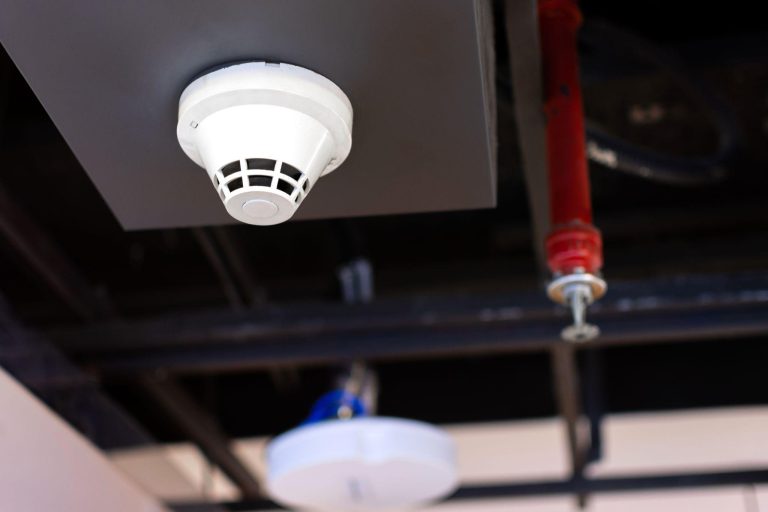In emergency situations, accurate and reliable location tracking can make the difference between life and death. Whether it’s for a missing person, a medical emergency, or navigating challenging terrain, GPS receivers have proven to be invaluable tools. This article will explore how GPS receivers can be used effectively for location tracking during emergencies, focusing on their functionality, benefits, and practical applications.
Understanding GPS Receivers
A GPS receiver is a device that receives signals from Global Positioning System (GPS) satellites and processes them to determine the device’s location on Earth. These devices can vary in size and complexity, ranging from simple handheld units to advanced systems integrated into smartphones, vehicles, and emergency response equipment.
GPS receivers work by triangulating signals from at least four satellites to calculate a precise location. This process is known as trilateration. In emergency situations, gps receivers help to pinpoint the exact location of individuals or incidents, enabling faster response times and more efficient resource allocation.
The Importance of GPS Tracking in Emergencies
In times of crisis, every second counts. The ability to accurately track the location of an incident or person is essential for rapid response. GPS receivers enable emergency services to:
- Locate individuals: Whether it’s a hiker lost in the wilderness, a person experiencing a medical emergency, or a vehicle in distress, GPS tracking helps responders find the exact location quickly.
- Navigate to challenging locations: In remote or difficult-to-reach areas, GPS receivers guide emergency teams through terrain, overcoming obstacles that would otherwise delay intervention.
- Coordinate multiple responders: With real-time location tracking, emergency personnel can communicate efficiently, avoid duplication of effort, and allocate resources based on proximity to the incident.
How to Use GPS Receivers in Emergency Situations
1. Selecting the Right GPS Receiver
Not all GPS receivers are created equal, and choosing the right one for the emergency at hand is crucial. When selecting a GPS receiver for emergency use, consider:
- Accuracy: Look for receivers that offer high precision (within a few meters). This is particularly important in search-and-rescue operations or when the situation demands pinpoint accuracy.
- Durability: Choose a device that can withstand harsh environmental conditions, such as waterproof or ruggedized models for outdoor emergencies.
- Battery life: In emergencies, battery life is critical. A receiver with long battery life will ensure continued operation during extended operations.
2. Activating the GPS Receiver
When an emergency occurs, the first step is to ensure that the GPS receiver is powered on and ready for use. Most handheld devices will have a power button, while smartphone-based GPS apps can be accessed immediately. Some GPS receivers are equipped with SOS features, which, when activated, send an emergency distress signal along with the user’s location to emergency response teams.
3. Using the GPS Coordinates
Once the GPS receiver is activated, it will display the current coordinates of the location. In emergency situations, these coordinates (latitude and longitude) can be shared with emergency responders or rescue teams for immediate action.
For example, if a hiker is lost in the woods, they can use their GPS receiver to find their coordinates and share them with authorities, ensuring a quicker response time. In some cases, GPS receivers can also provide elevation data, which can be particularly useful for mountainous terrain.
4. Real-Time Tracking and Monitoring
For ongoing emergencies, such as tracking the movement of a person or a vehicle, real-time GPS tracking can be invaluable. Many GPS systems allow continuous updates, so emergency teams can monitor the progress of the individual or vehicle in distress. This real-time data allows for better planning and coordination among responders.
For instance, in a search-and-rescue operation, real-time GPS tracking can guide search teams to the most promising areas, avoiding wasted time and effort. Similarly, emergency vehicles can be monitored to ensure they are taking the most efficient route to the scene.
Advantages of GPS Receivers in Emergency Situations
- Speed and Efficiency: GPS receivers help reduce the time spent searching for a location, allowing emergency responders to reach the scene quickly and start their work immediately.
- Enhanced Accuracy: GPS tracking systems are highly accurate, which is crucial in scenarios such as medical emergencies or rescues in remote locations where precise location data is critical.
- Safety: GPS receivers provide a sense of security, allowing individuals in distress to quickly communicate their location, which is especially important when traditional methods of communication are unavailable.
- Versatility: GPS technology is versatile and can be used in a wide range of emergency situations, from natural disasters to accidents in urban environments.
Conclusion
GPS receivers are indispensable tools in emergency situations, offering precise location tracking that significantly enhances the efficiency and effectiveness of emergency response teams. By selecting the right GPS receiver, understanding how to use it effectively, and utilizing real-time tracking capabilities, individuals and responders can ensure that help arrives promptly, saving lives and minimizing damage. With continued advancements in GPS technology, the role of GPS receivers in emergency management will only continue to grow, providing critical support in times of crisis.

















